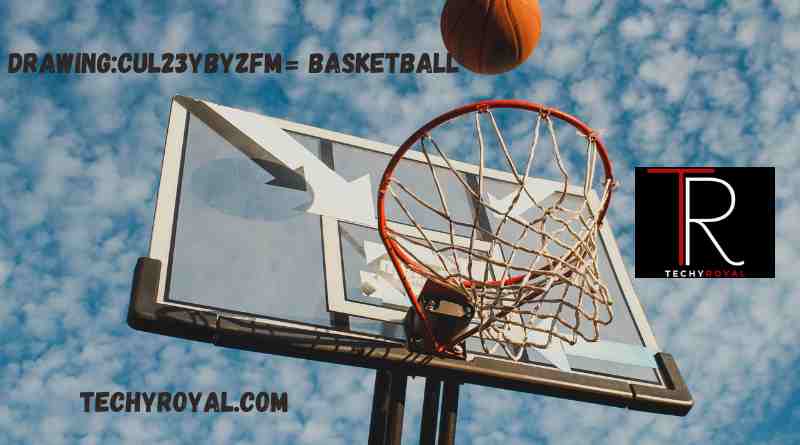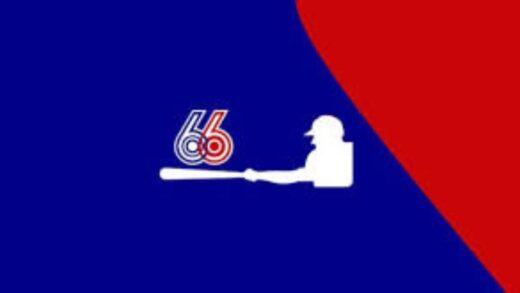Drawing:cul23ybyzfm= basketball: Unleashing Your Basketball Potential Through Artistic Techniques
Basketball is a sport that requires not only physical agility and strength but also a keen sense of strategy and an acute awareness of spatial dynamics. While traditional training methods focus on drills, exercises, and practice games, there’s a creative and often overlooked approach that can significantly enhance a player’s skills: drawing. The concept of drawing:cul23ybyzfm= basketball blends the artistry of drawing with the athleticism of basketball to cultivate a deeper understanding and improved execution of the game. This article explores how integrating art into basketball training can lead to a well-rounded and insightful improvement in a player’s skills.
The Intersection of Art and Athletics
At first glance, drawing and basketball might seem like unrelated disciplines. However, both require a high level of concentration, precision, and the ability to visualize movements and outcomes. When players engage in drawing, they develop their observational skills and learn to see the game from a new perspective. This new perspective can translate into better court vision, anticipation of opponents’ moves, and an overall enhanced strategic approach to the game.
For instance, when a player sketches the various positions on the court, they are not just drawing shapes but are also mapping out potential plays and strategies. This artistic exercise allows them to internalize the layout of the court and the dynamics of player movement in a more profound way than mere verbal instruction or physical drills could provide.
Enhancing Spatial Awareness and Visualization
Spatial awareness is crucial in basketball. Players must constantly be aware of their position relative to their teammates, opponents, and the basket. By practicing drawing, players can improve their spatial awareness significantly. Drawing requires an understanding of proportions, distances, and the relationships between different objects in space. These are the same skills needed to navigate a basketball court effectively.
When a player draws a basketball scene, they must consider where each player is positioned, the direction of their movement, and the potential outcomes of each play. This process enhances their ability to visualize scenarios in their mind’s eye, a skill that is directly transferable to in-game situations. The improved visualization can help players anticipate where the ball will go, where they need to move, and how to position themselves for the best outcome.
Boosting Cognitive and Motor Skills
The act of drawing also boosts cognitive functions that are beneficial for basketball. It enhances hand-eye coordination, fine motor skills, and the ability to focus for extended periods. These improvements can translate directly to better dribbling, shooting, and passing skills on the court.
Moreover, drawing is a form of active learning. It requires engagement and active participation, which helps reinforce memory and learning. When players draw plays or different basketball techniques, they are more likely to remember and understand them better than if they simply watched a video or read about them. This deeper understanding can lead to more effective execution during games.
Creativity and Problem-Solving
Basketball is as much a mental game as it is a physical one. Players must constantly solve problems and make split-second decisions. Engaging in drawing can enhance a player’s creativity and problem-solving skills. When drawing, players experiment with different ideas, make adjustments, and find solutions to visual challenges. This creative process is akin to the decision-making required in basketball, where players must quickly adapt to changing situations and find the best course of action.
For example, drawing complex basketball plays requires a player to think critically about how different elements interact and how to optimize outcomes. This type of creative problem-solving can improve a player’s ability to think on their feet and come up with innovative strategies during a game.
Emotional and Mental Benefits
Basketball can be a high-pressure sport, and managing stress and emotions is key to maintaining performance. Drawing provides a therapeutic outlet for players to relax and unwind. The meditative nature of drawing helps reduce anxiety and stress, promoting mental well-being. A calm and focused mind is more likely to perform well under pressure, making drawing a valuable addition to a player’s mental training regimen.
Furthermore, drawing can boost confidence. When players create art, they achieve a sense of accomplishment that can translate to their self-esteem on the court. This increased confidence can enhance their performance, as they are more likely to take calculated risks and trust their abilities.
Practical Applications in Training
Coaches and trainers can incorporate drawing into their training programs in various ways. One practical application is to have players draw out plays and strategies during team meetings. This not only reinforces their understanding but also encourages teamwork and communication as players discuss and refine their drawings.
Another application is to use drawing as a visualization tool. Before games, players can sketch out their goals and the strategies they plan to use. This exercise can serve as a mental rehearsal, helping players to visualize success and build a positive mindset.
Additionally, drawing can be used to review and analyze past games. Players can draw key moments from previous games, identifying what worked well and what could be improved. This reflective practice can lead to more insightful and targeted improvements in future performances.
Case Studies and Examples
Several successful basketball players and teams have incorporated drawing and visualization techniques into their training. For example, some NBA players have been known to use visualization to mentally rehearse their shots and plays. By combining this with drawing, they can create a more tangible and detailed mental image, enhancing their overall performance.
Youth basketball programs can also benefit from integrating drawing into their training. Young players often have active imaginations, and incorporating art can make learning the game more enjoyable and engaging. This can lead to a deeper love for the sport and a stronger commitment to improving their skills.
Conclusion
The concept of drawing:cul23ybyzfm= basketball is an innovative approach to enhancing basketball skills through art. By integrating drawing into training, players can improve their spatial awareness, visualization, cognitive and motor skills, creativity, and emotional well-being. Coaches and trainers can leverage this approach to create more well-rounded and insightful players who are better equipped to excel on the court.
As the worlds of art and athletics continue to intersect, the potential for creative training methods like drawing in basketball is vast. Embracing this interdisciplinary approach can lead to new levels of performance and a deeper understanding of the game. Whether you are a player, coach, or enthusiast, consider exploring the benefits of drawing in your basketball journey and experience the unique synergy of art and athletics.
Read also: check




